Audi R8 V10
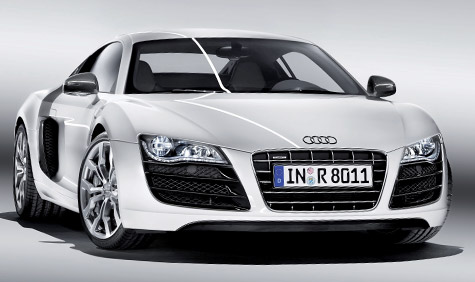
Few contemporary cars bewitched us so efficiently as the Audi R8. When the Le Mans concept debuted back in 2003 and Audi's determination to build a sports car was revealed, it was initially unclear as to whether the company was trying to steal thunder from stablemates Lamborghini or merely seeking to best then rivals Porsche.
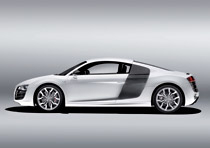
Perversely, the R8 took a dose of the former goal to achieve the latter, sharing several key parts with the Lamborghini Gallardo in its quest to build a perfect sports car. Now the parts-sharing is even more pronounced, as the original R8's V8 engine is replaced by the same V10 unit found in the Gallardo, giving what was already a sprightly and highly wieldy machine a substantial power boost.
The R8 might have been born out of long-standing rivalry, but from the outset Audi took a very different approach to two-seater nirvana. The mid-engined layout is more 'cab-forward' than its rivals, enhanced by the car's signature 'blades' just behind the doors. In profile, this gives the car a slightly unbalanced, leaning stance.
Unlike the TT, which has a very pure profile translated precisely from the original concept design, the R8's genesis goes back further. Without a bona fide supercar in the line-up, the few sports concepts that emerged from Audi's studios in the 90s were viewed as pure stylistic exercises, not marketing projections.
Back in 1991, the company created the Avus quattro, illustrating both the company's developing aluminium technology and also how it might treat a low-slung, mid-engined sports car, with a cabin pushed close to the front of the chassis and the engine resplendent beneath a glass cover. The same year saw the debut of the Audi quattro Spyder (not actually a convertible, despite the name), a crisp two-seater without much in the way of visual drama (reflecting the company's ultra-austere design direction of the time).
Finally, there was the Rosemeyer (2000), a ferocious piece of cyberpunk baroque with the same 16 cylinder engine that later found its way into the Bugatti Veyron. The Rosemeyer was a classic 'halo car', intended not for production but to bolster the brand's sporting credentials. Using the same form language as the original TT, it helped pave the way for the 2003 Le Mans concept, the direct antecedent of today's R8.
Wallpaper* Newsletter
Receive our daily digest of inspiration, escapism and design stories from around the world direct to your inbox.
While the TT swiftly became the car of choice for the design-savvy urban enthusiast, this scant handful of supercar concepts gave little indication of quite how perfectly formed the R8 would turn out to be right from the start. Set apart by the unconventional styling - with details that reflected Audi's new emphasis on aggression and sculpted, angular forms - the original R8 was brash when it needed to be but also utterly practical.
Few fast cars inspire confidence from the moment you turn the key, with a look and feel that's the antithesis of more exotic machinery. It's true that the V10 is considerably more sonorous than the original car, right from the snarling sound of ignition. But out on the road, it delivers a very similar experience to the V8, with only the knowledge that more vivid acceleration and an even more inaccessible top speed are there for the taking.
The V10 is a mite more aggressively formed than the original, with subtle design details intended to stress the scorching performance. Inside, the interior is classic Audi; functional and neat yet also surprisingly old school, with lashings of chrome knobs and dials - no fancy touch screens displays here. Even the gated gear selector that demands a precise throw of the stick, is a nod to the past, not the future. Not low-slung enough to be troubled by urban speed bumps, the R8 burbled happily around London, never feeling too broad or bulky on even the narrowest street. Low speed refinement is a test for the modern supercar; there are those who swear that ease of use indicates a toothless driving experience, but the R8 V10 really does let you have it all, with near 200mph performance and acceleration through the gears that never leaves you wanting.
That's not all. Throughout its short life, the R8 has been used as a platform by Audi's engineers to showcase how new technology might translate into this rarefied part of the car market. While a V12 diesel model was mooted (and prototypes built), the company ultimately decided against it. Instead, the basic aesthetics of the R8 can be seen in Audi's latest concept, the e-tron, shown at this year's Frankfurt Motor Show and slated for limited series production early next decade. Whether an electric sports car can provide the same blend of adrenaline and function as the R8 V10 remains to be seen. Nonetheless, Audi are in with a strong chance of being able to deliver the goods.
Jonathan Bell has written for Wallpaper* magazine since 1999, covering everything from architecture and transport design to books, tech and graphic design. He is now the magazine’s Transport and Technology Editor. Jonathan has written and edited 15 books, including Concept Car Design, 21st Century House, and The New Modern House. He is also the host of Wallpaper’s first podcast.
-
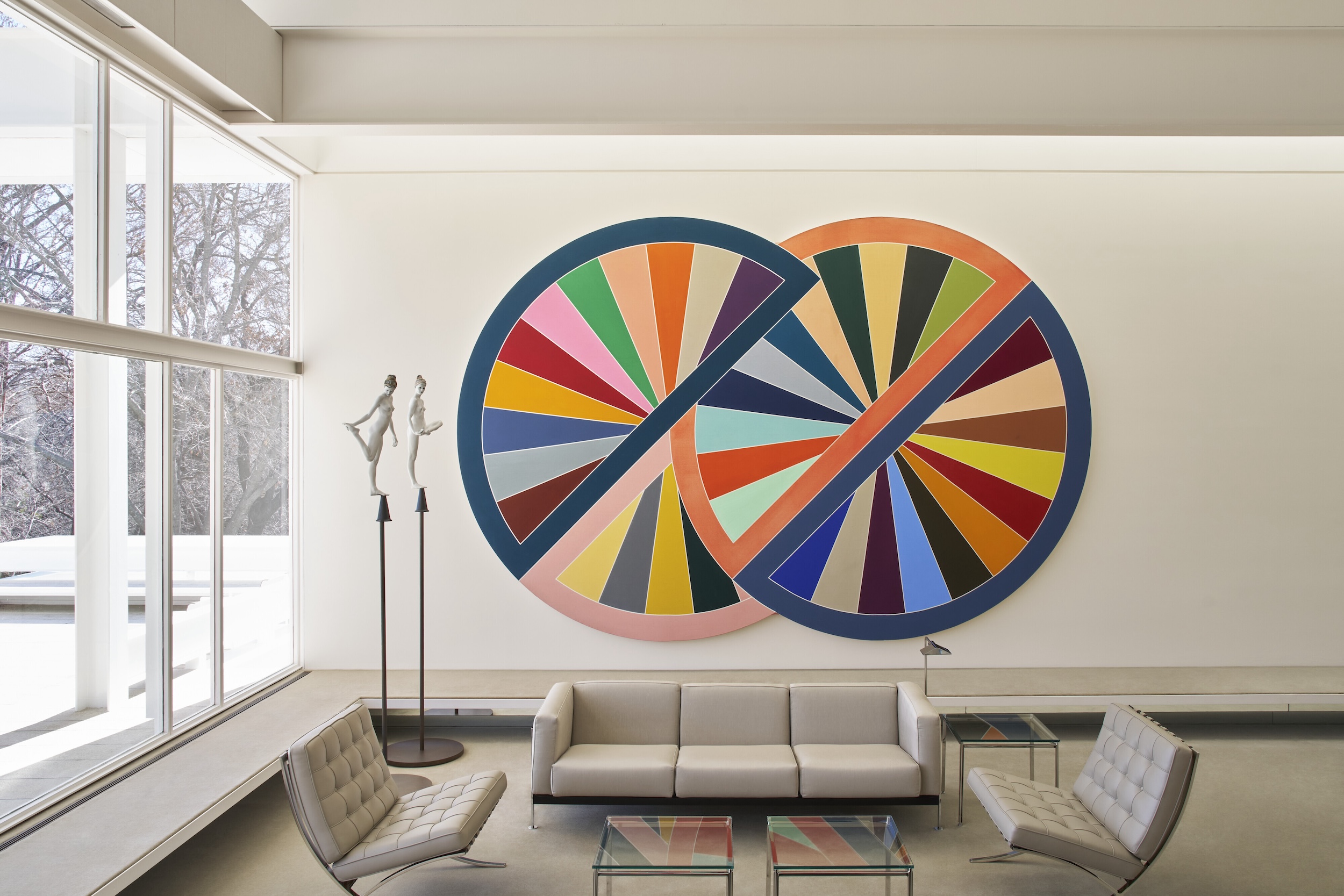 Modern masterworks from a Paul Rudolph jewel are hitting the auction block next week
Modern masterworks from a Paul Rudolph jewel are hitting the auction block next week'Art from the Bass House' at Christie’s this month is the perfect marriage of art and architecture
-
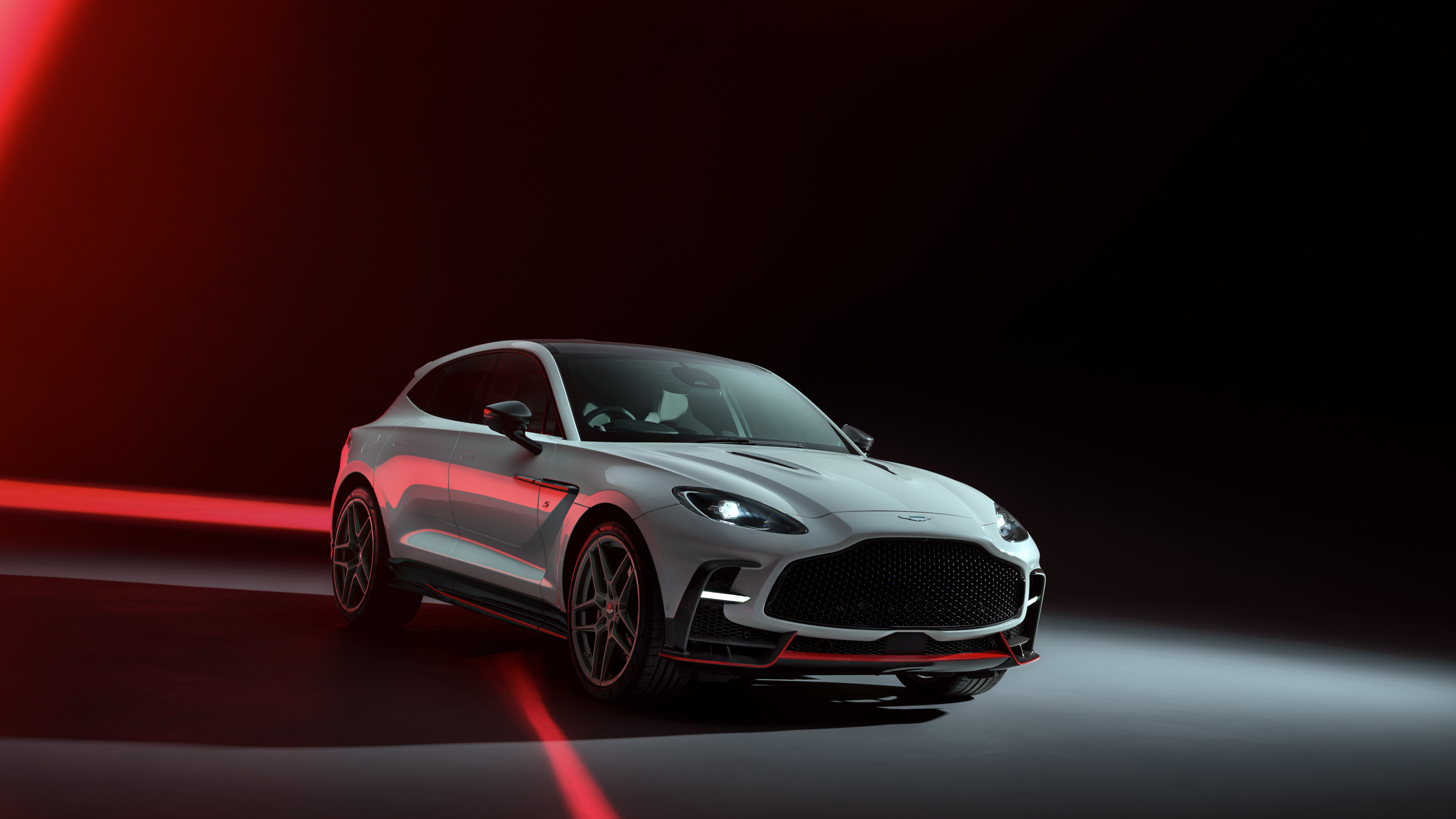 The Aston Martin DBX S aims to take the brand’s performance SUV to new heights
The Aston Martin DBX S aims to take the brand’s performance SUV to new heightsAston Martin have fettled their SUV to create a new flagship, the DBX S, complete with new lightweight materials and boosted power
-
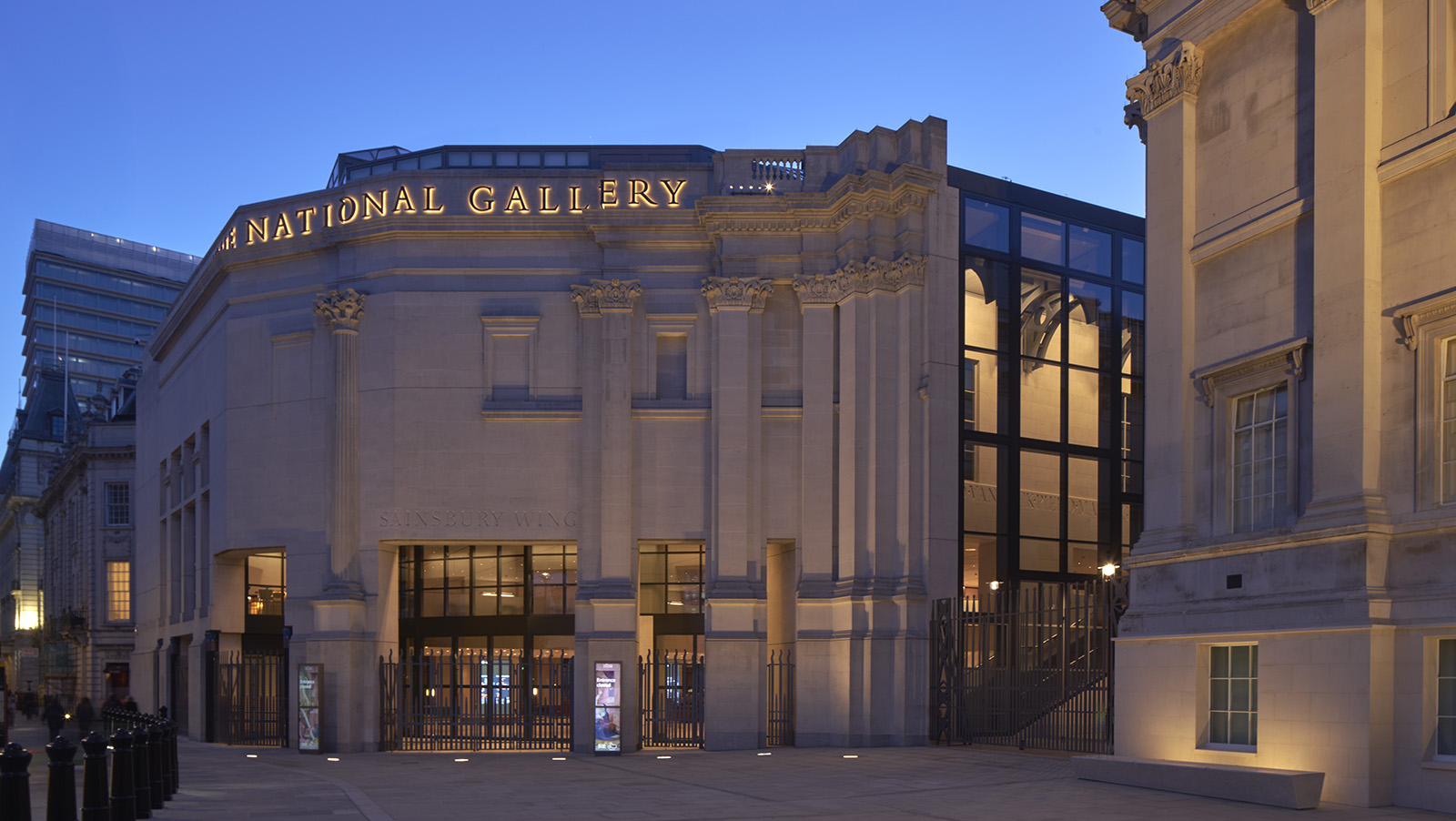 Revamped National Gallery Sainsbury Wing unveiled: Annabelle Selldorf gives us a tour
Revamped National Gallery Sainsbury Wing unveiled: Annabelle Selldorf gives us a tourThe National Gallery Sainsbury Wing redesign by Selldorf Architects is ready to open its doors to the public in London; we took the tour
-
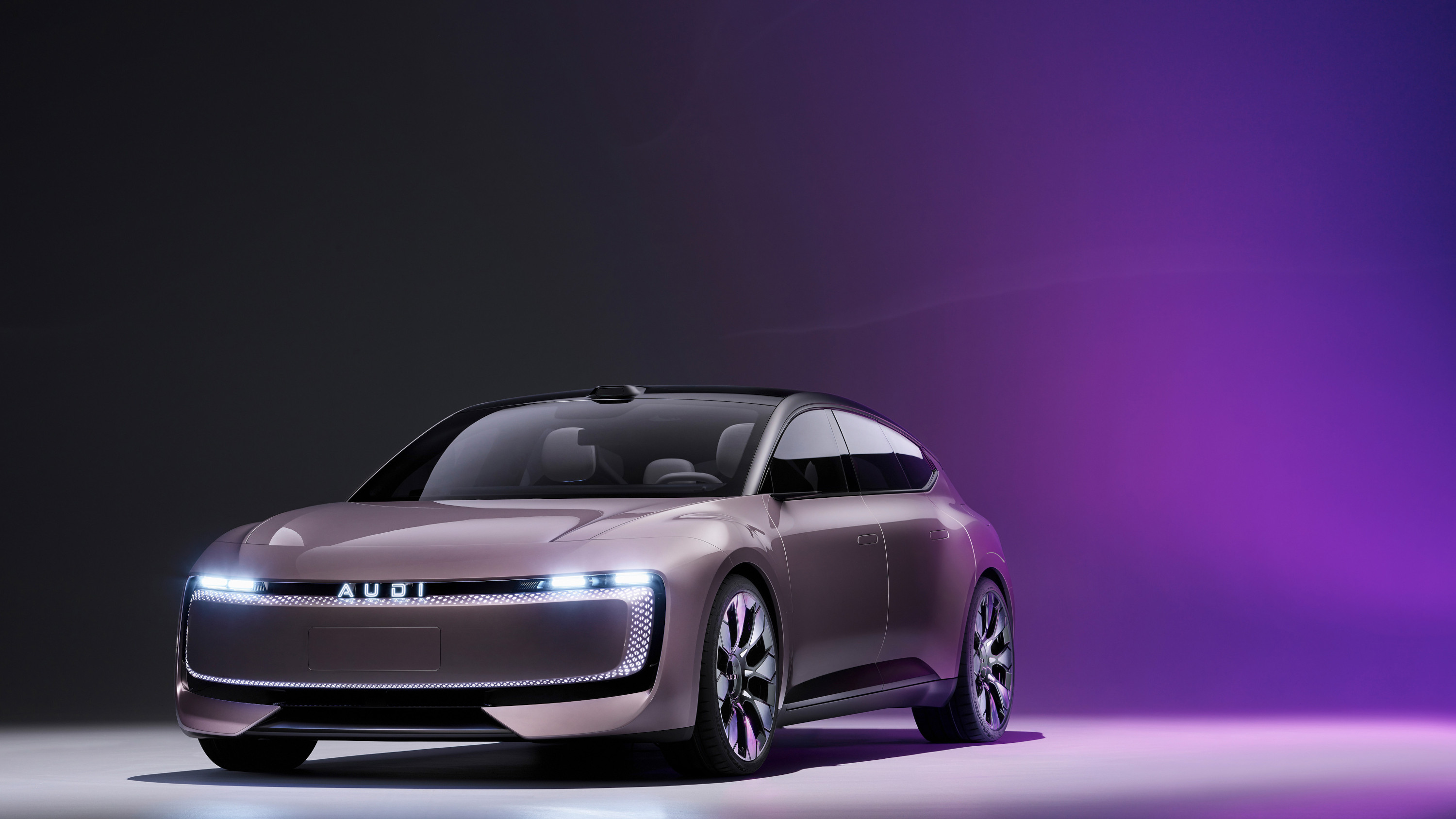 Audi launches AUDI, a China-only sub-brand, with a handsome new EV concept
Audi launches AUDI, a China-only sub-brand, with a handsome new EV conceptThe AUDI E previews a new range of China-specific electric vehicles from the German carmaker’s new local sub-brand
-
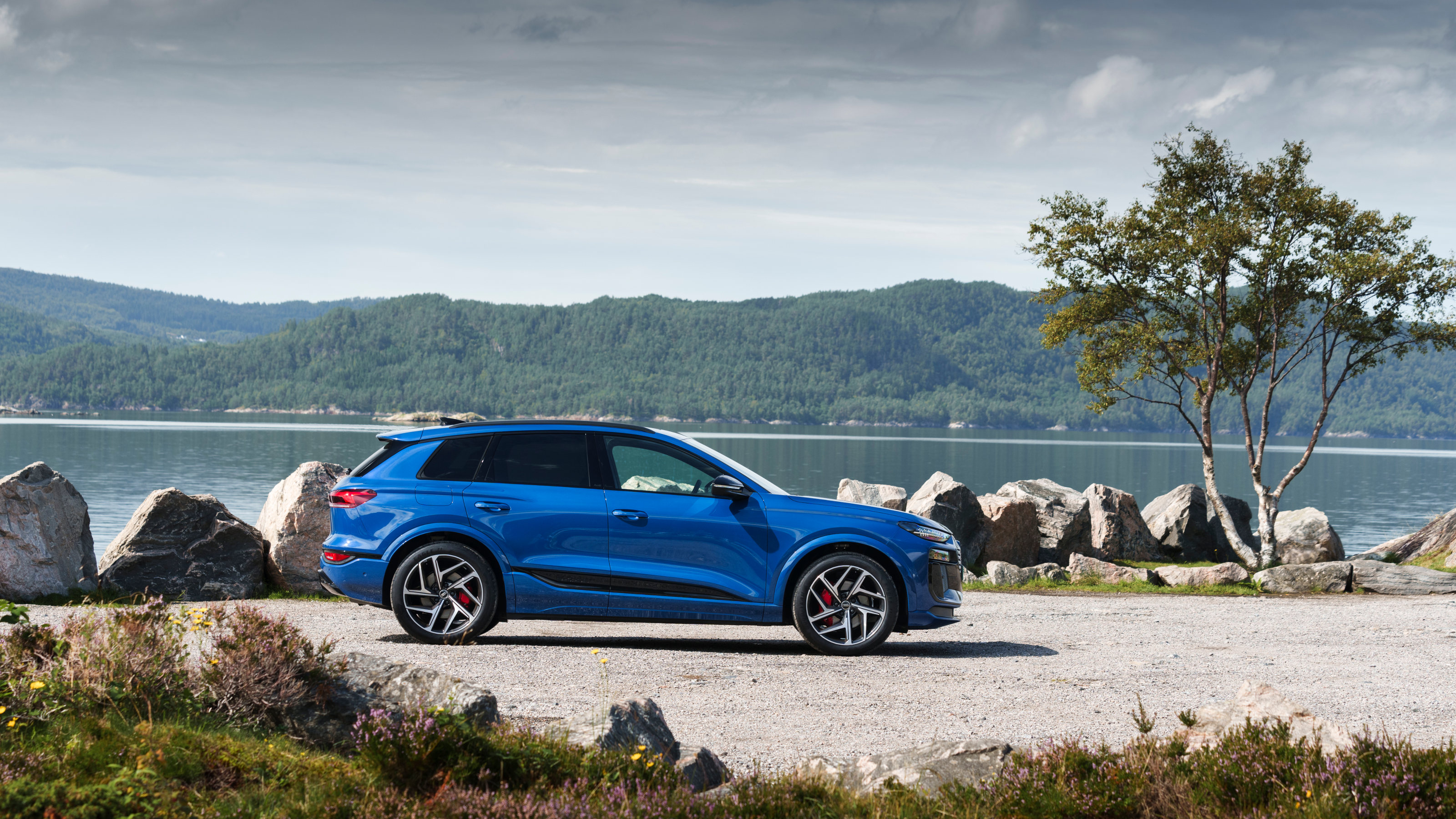 We take Audi’s new Q6 e-tron quattro around and across the fjords of Norway
We take Audi’s new Q6 e-tron quattro around and across the fjords of NorwayThe new Audi Q6 e-tron quattro is a pure EV that marks a new design direction for the German brand, setting new tech standards along the way. Transportation Editor, Jonathan Bell, takes it for a drive
-
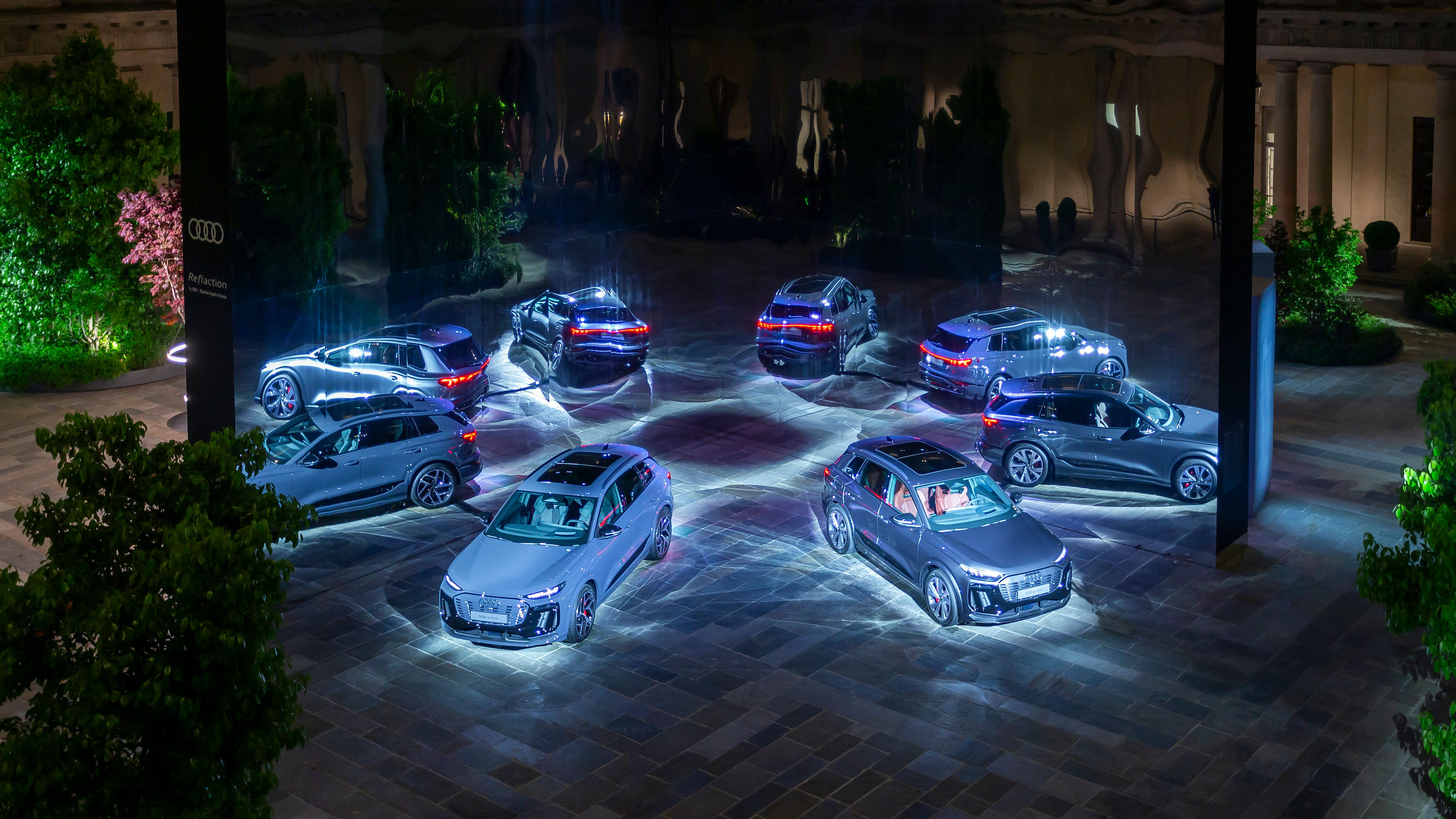 A deep dive into the new Audi Q6 e-tron, revealed at Milan Design Week 2024
A deep dive into the new Audi Q6 e-tron, revealed at Milan Design Week 2024The Audi Q6 e-tron is the brand's latest all-electric car, a stylish powerhouse launched at Audi’s House of Progress in Milan
-
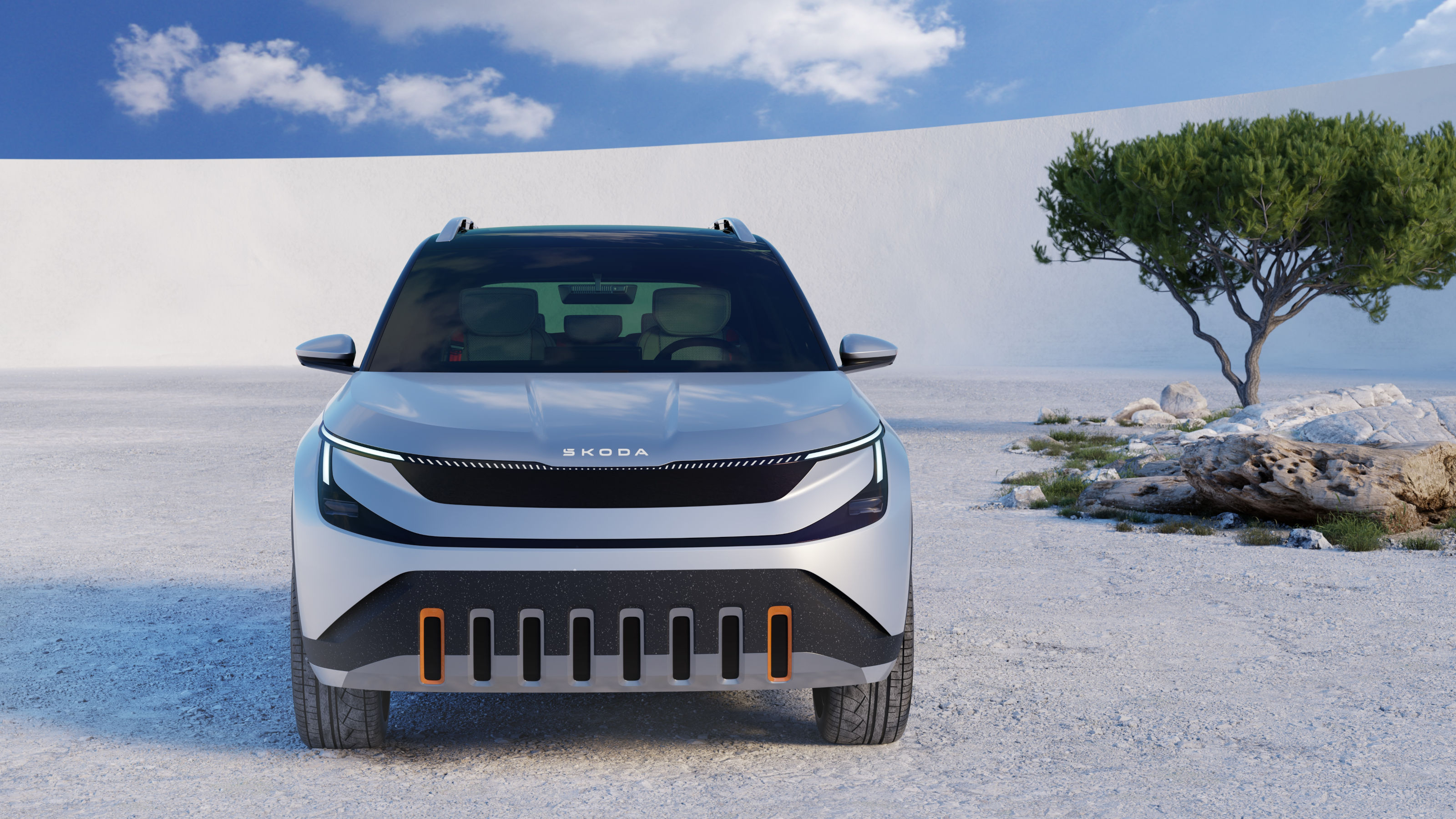 Coming soon: a curated collection of all the new EVs and hybrids that matter
Coming soon: a curated collection of all the new EVs and hybrids that matterWe've rounded up new and updated offerings from Audi, Porsche, Ineos, Mini and more to keep tabs on the shifting sands of the mainstream car market
-
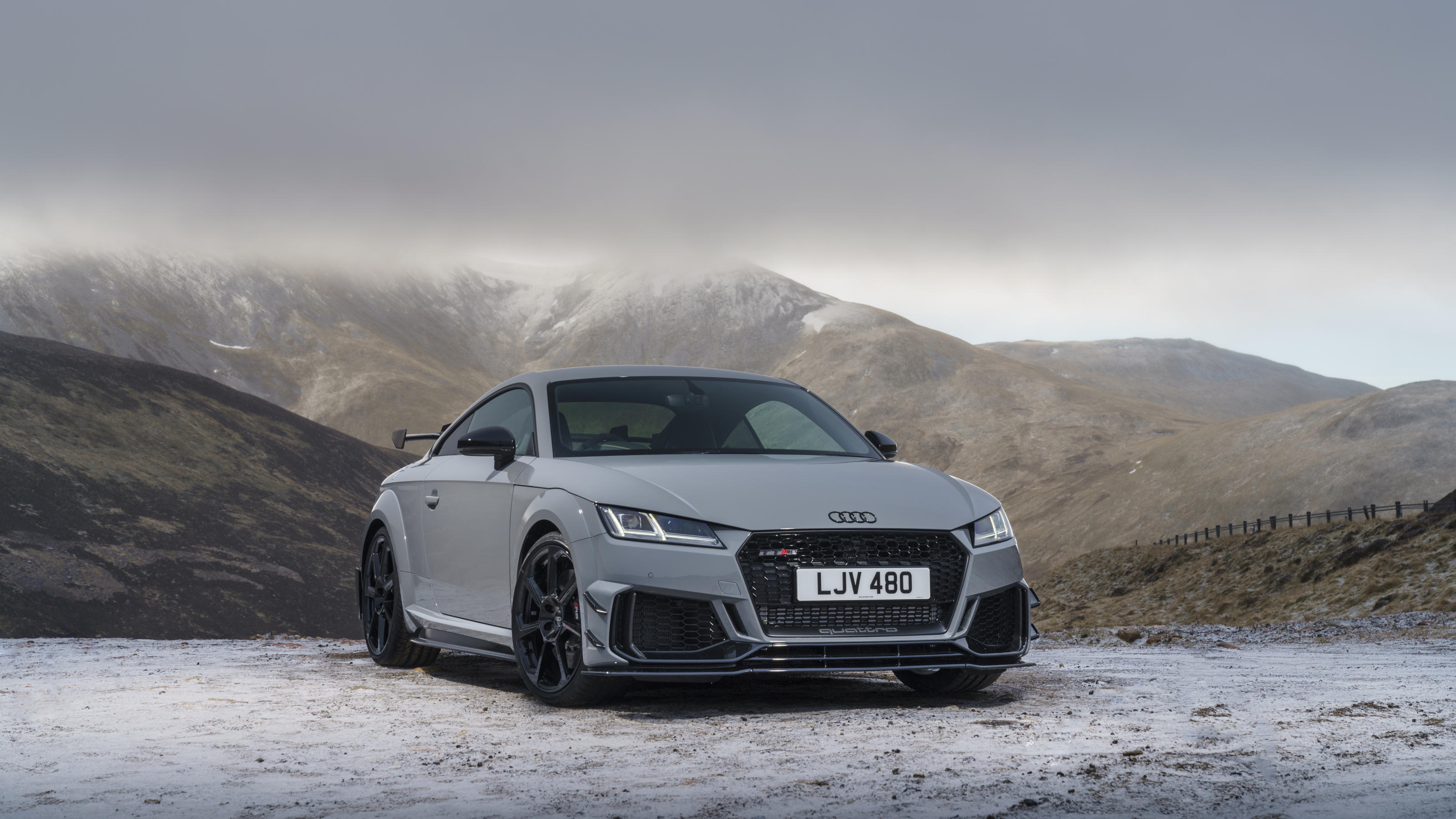 Farewell to the Audi TT, a design icon that evolved with the automotive landscape
Farewell to the Audi TT, a design icon that evolved with the automotive landscapeFor over 25 years, the Audi TT has been synonymous with the brand, a modern machine that initially favoured style over sport. The final editions are very different beasts to the original
-
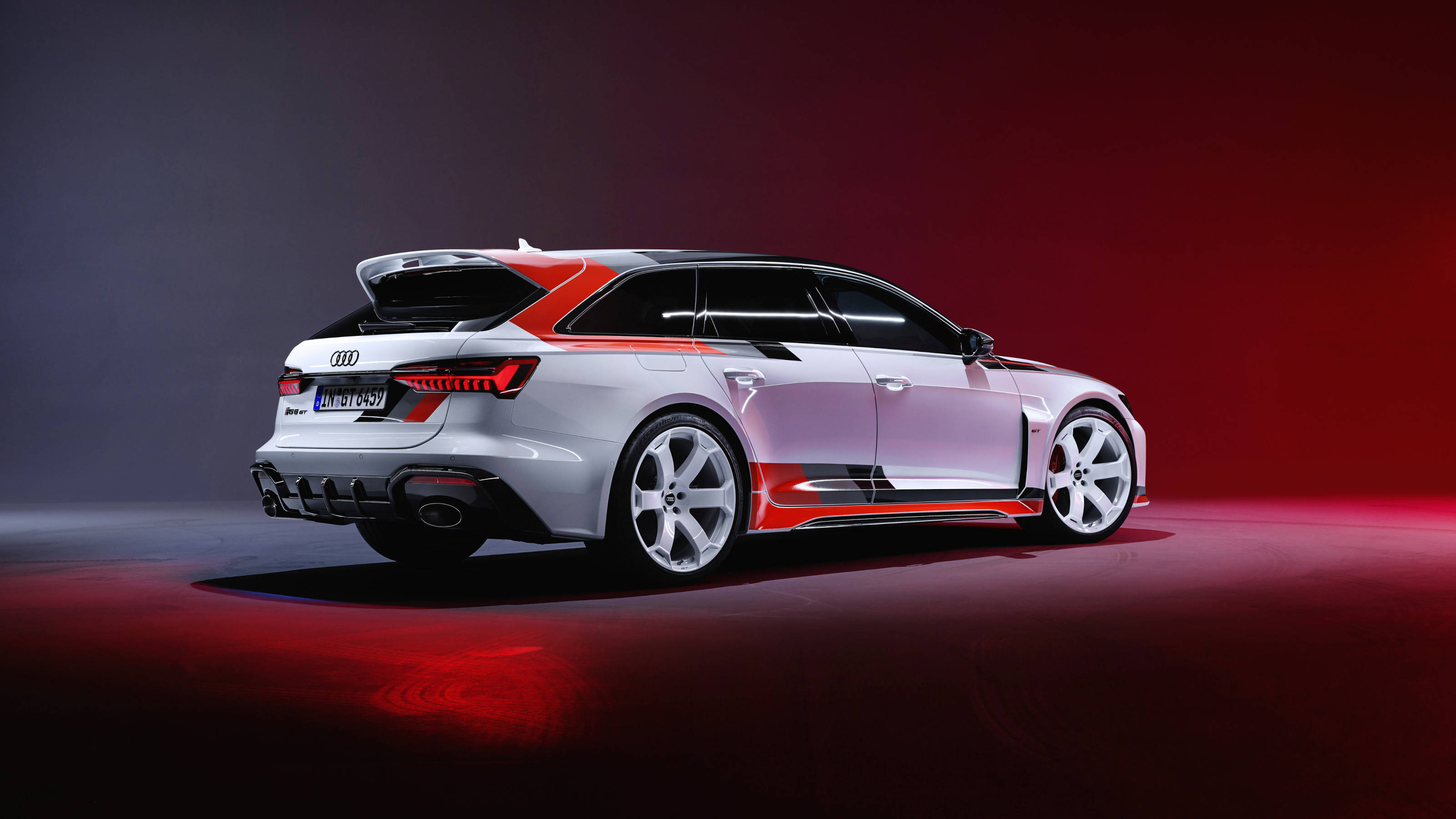 Audi RS6 Avant GT is an estate car that thinks it belongs on the track
Audi RS6 Avant GT is an estate car that thinks it belongs on the trackWith the Audi RS6 Avant GT limited-edition supercar, Audi Sport has gone all-out to create the ultimate hyper-estate
-
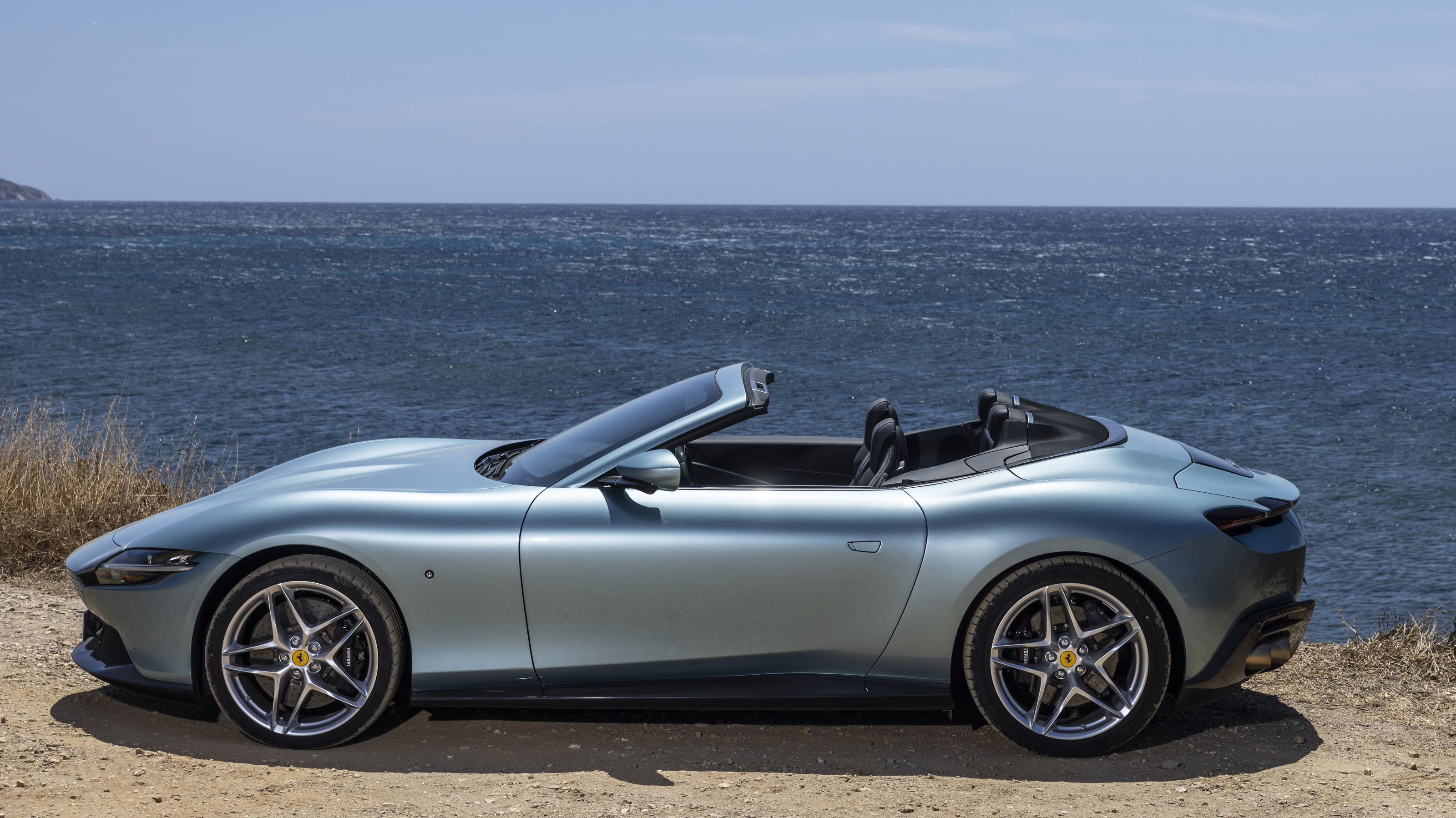 Year in review: the top 10 cars of 2023, as selected by Wallpaper’s Jonathan Bell
Year in review: the top 10 cars of 2023, as selected by Wallpaper’s Jonathan BellWhat were the best four-wheeled offerings of 2023? Transport editor Jonathan Bell takes us through the year’s most intriguing automobiles
-
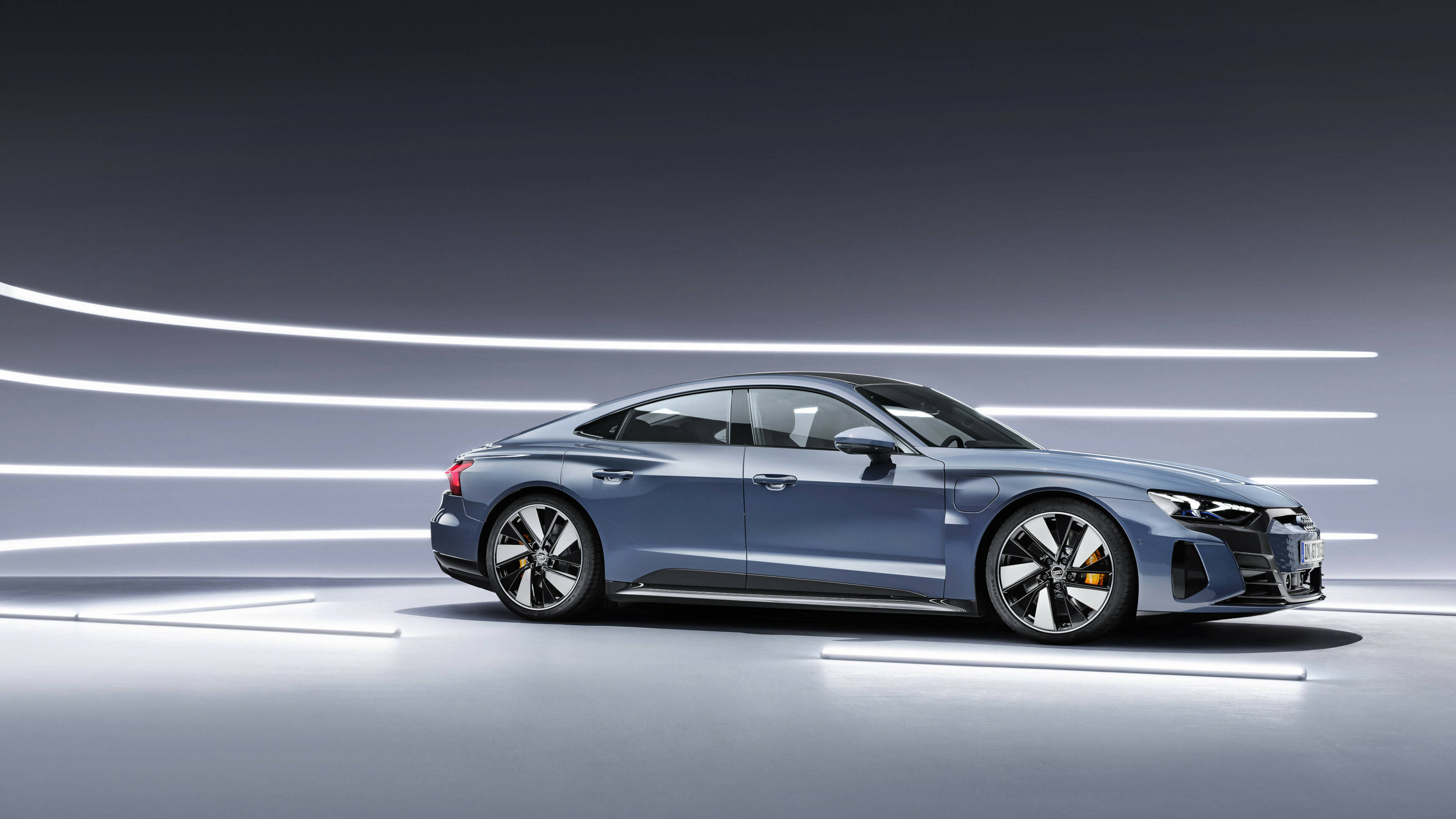 Audi e-tron GT quattro still pushes all the right buttons. But what happens next?
Audi e-tron GT quattro still pushes all the right buttons. But what happens next?Life behind the wheel of Audi’s elegant electric GT, plus a short history of the company’s e-tron series, from concept through to production